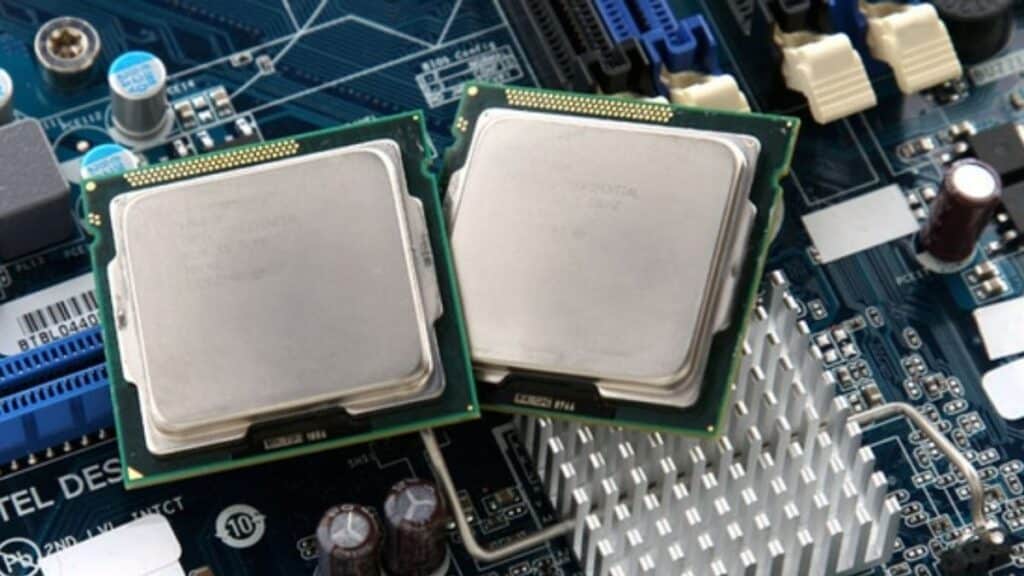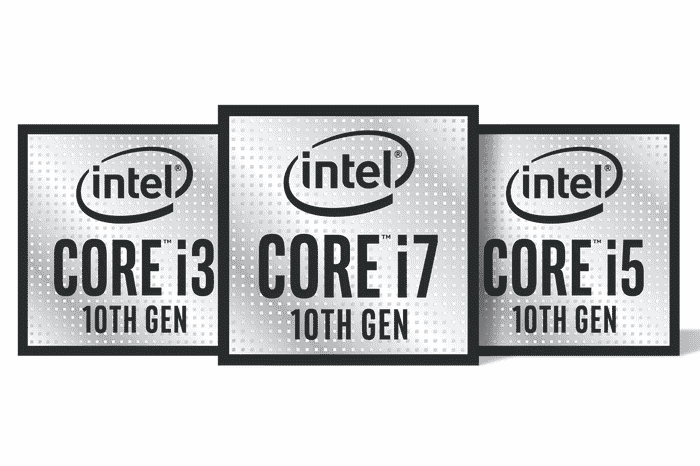Intel’s first Core CPUs were introduced in 2006. Children born in the same year are nearly old enough to drink at this stage. Over a half-dozen gens of Intel Core i3, Core i5, and Core i7 CPUs have passed since then, yet most consumers still have the same concerns. It’s always tempting to replace your PC with gleaming new silicon, and purchasing a new CPU is a sure-fire method to increase your system’s performance. Intel Core i3 vs i5 vs or i7 processor? What’s the distinction? Is it worthwhile to invest in a CPU with more cores, a higher clock speed, or sophisticated capabilities such as hyper-threading?
That’s terrific, but it’s also perplexing: Intel offers dozens of CPUs with varying costs and specs. You may also be wondering which Core CPU to install in a new laptop.
They are typically divided into three categories. The basic guideline is simple: Core i3 processors are less expensive but less powerful, Core i5 processors are mid-range, and Core i7 processors are the most strong mainstream alternatives – but also the most expensive.
What will you see here?
Intel Core i3 vs i5 vs i7 – What processor do you need?

There’s a lot to think about when it comes to processors, but thankfully, there are some clear conclusions that can be taken regarding which chips are best for your setup or a new laptop.
Core i3 Chip
Core i3 processors are suitable for general-purpose computing. One of them will do if you run web browsers, Office apps, media software, and low-end games – but don’t expect a Core i3 component to perform content creation, major picture editing, or video production. It will also slow you down in more difficult games.
Core i5 Chip
Most of these jobs are better served by Core i5 processors. They will be capable of doing a standard picture and video editing, as well as gaming. Choose one of these processors if you need a system that can handle everything and saves the most demanding gaming and production workloads.
If you want to play 4K games, operate demanding creative programs, or use intense productivity tools, you’ll need a Core i7 processor and a dedicated graphics card. They’re fantastic, but they’re also pricey and excessive for many consumers.
The same guidelines apply to laptop and desktop CPUs, while laptop users should prioritize low-power chips for longer battery life.
Whatever chip you choose, be sure to verify the core count, clock rates, and cache size. Don’t forget to examine your budget as well as what you want to do with your new CPU.
Also keep in mind that a high-end Core i3 chip will frequently outperform an entry-level Core i5, and a high-end Core i5 may occasionally outperform lower-end Core i7 CPUs. If you choose clock speed above greater core counts, this is a simple approach to save money.
Core i7 Chip
There are quad-core, Hexa-core, octa-core, and 12-core Intel Core i7 CPU versions. Again, Intel Core i7 CPUs surpass Core i5 rivals and are significantly quicker than entry-level Core i3 CPUs.
Quad-cores are normally superior to dual-cores, and Hexa-cores are superior to quad-cores, and so on, although this isn’t always true depending on the CPU generation—more on these distinctions in a bit.
Generations are “families” of chipsets released by Intel. At the time of writing, Intel’s 12th-generation CPUs, codenamed Alder Lake, had just been released. Each family has its own series of Core i3, Core i5, and Core i7 CPUs. The Intel Core i9 is a rung above the Core i7 in the most recent CPU versions.
How many cores do you need: What Hyper-Threading?

Although the analogy isn’t perfect, when it comes to enhancing the strength of your CPU’s cores, Hyper-Threading is essentially the equivalent of something like turbo-boost.
Normally, only one thread may be handled by one CPU core at a time. If a CPU has two cores, only two threads can be serviced at the same time. Your CPU can handle four threads at once if it has four cores. If your CPU has six cores…well, you get the picture.
Hyper-Threading alters this dynamic significantly by allowing a single core to support several threads at the same time via virtualization.
Instead, Intel’s low-cost Core i3 processors now all feature four cores. That means you have more multi-tasking variety and multi-threaded capability when performing fundamental computing jobs – and hence faster overall performance than outdated dual-core CPUs.
The remainder of Intel’s product line has also been enhanced. Core i5 processors now feature six cores. That bodes well for demanding job software and running many apps concurrently.
Top-tier Core i7 chips have eight cores, giving you even more capacity to run demanding applications and many programs at the same time. This is an improvement over the previous Core i7s’ six cores.
So, regardless of whatever processor you choose, you’ll receive enough cores to conduct day-to-day processing. You only need additional cores if you wish to run more demanding apps, such as high-end games, photo-editing software, or video software.
Intel Core i3 vs i5 vs i7 – Clock Speeds, Cache & Turbo Boost

The core problem is now simpler than ever — you’ll receive four, six, or eight cores, with no need to bother about Hyper-Threading.
Note the speeds and cache of any new CPU as well. Higher speeds result in faster completion of processing operations, and a bigger L3 cache also enhances performance. There are two speeds to consider: basic and ‘Turbo Boost.’
Turbo Boost enables processors to boost their speeds dynamically if additional computational power is required – and provided the CPU has the efficiency and thermal headroom to spare.
Core i3 Chip
Turbo Boost is now available on Intel’s Core i3 processors for the first time. The newest Core i3 processors range in speed from 3.6GHz to 4GHz, with Turbo speeds ranging from 4.2GHz to 4.6GHz. They have either 6 or 8 MB of L3 cache.
Core i5 Chip
Core i5 processors feature base speeds ranging from 2.9 to 3.7GHz and turbo rates ranging from 4.1 to 4.6GHz. They have 9MB of L3 cache.
Core i7 Chip
The most powerful pieces are Core i7. Their base speeds vary from 3 to 3.6GHz, with Turbo peaks between 4.7 and 4.9GHz. They have 12MB of L3 cache.
Because all of Intel’s Core i5 and i7 CPUs include the most recent version of this technology, Turbo Boost Max Technology 3.0, they can outperform any Core i3. As you might expect, a CPU with a bigger cache provides faster access to more data. This is one of the primary reasons an i7 beats an i5 — and an i5 outperforms an i3.
Why most People Don’t Need Intel Core i9?
Although the Intel Core i9 ultra-performance variants appear to be quite thrilling, they are a bit excessive for most consumers. Intel targets pro-gamers, designers, content producers, programmers, and others for a purpose. Most of the time, a top-tier Intel Core i7 CPU will suffice and save you a significant amount of money.
Of course, to each their own, and if you can purchase an Intel Core i9 CPU for your gaming machine, do so and enjoy the great experience.
Is Core i3 outdated?
The first through eighth-generation i3 CPUs are obsolete. The 9th and 10th generation i3s continue to enjoy a large market share.
Is Core i3 enough for office work?
Core i3 processors are suitable for general-purpose computing. One of them will do if you run web browsers, Office apps, media software, and low-end games – but don’t expect a Core i3 component to perform content creation, major picture editing, or video production. It will also slow you down in more difficult games.
Conclusion
If you want to buy or construct a computer that will last, you must first choose what you intend to use it for.
If you use your computer for many tasks at once, an i5 or i7 processor may be worth the extra money. Gamers, in particular, will prefer the latter, since it is usually preferable to sit closer to the suggested system requirements than the minimum system requirements. However, if you merely use your computer to check emails, do some finance, read the news, and listen to music, you’ll probably be OK with the cheaper i3.
















